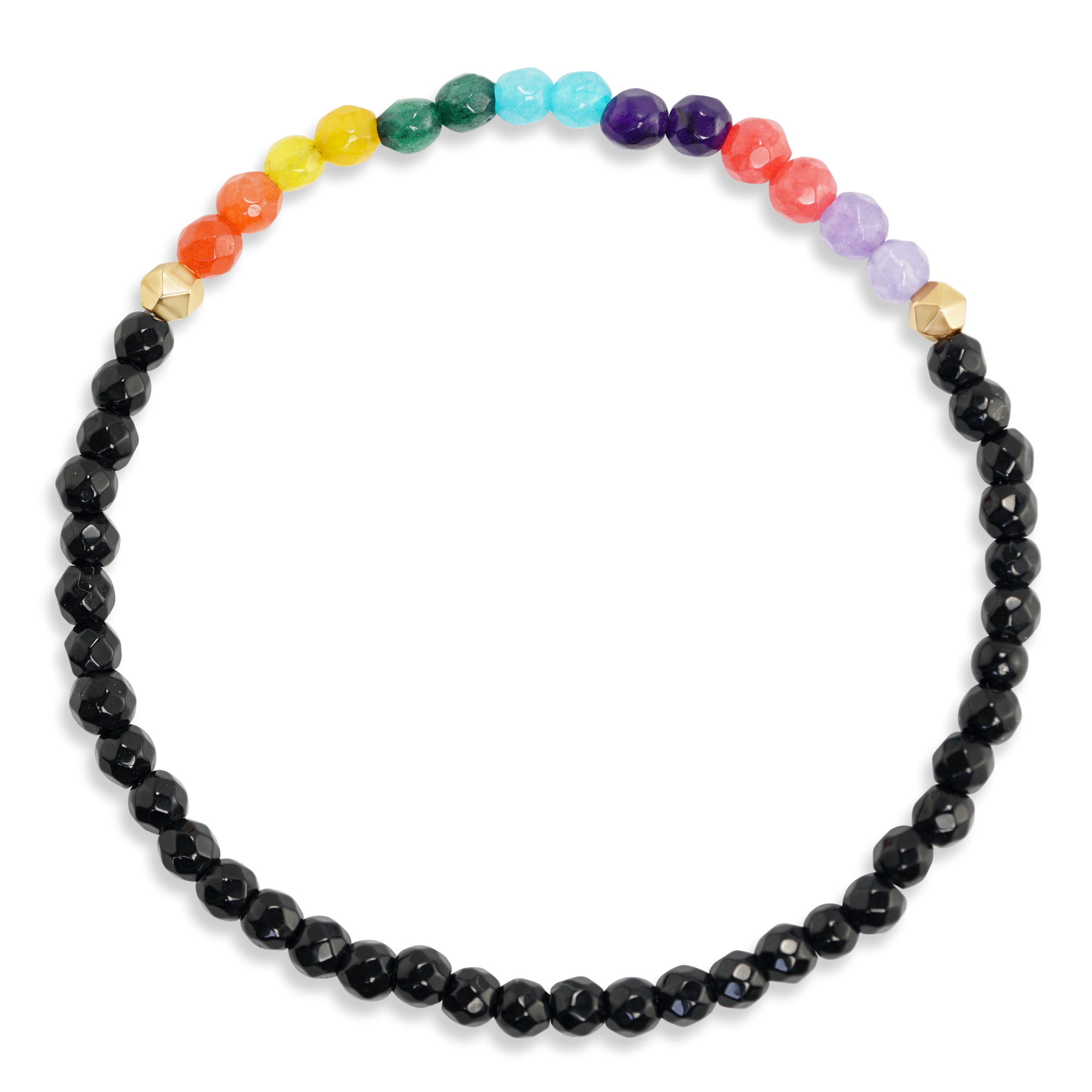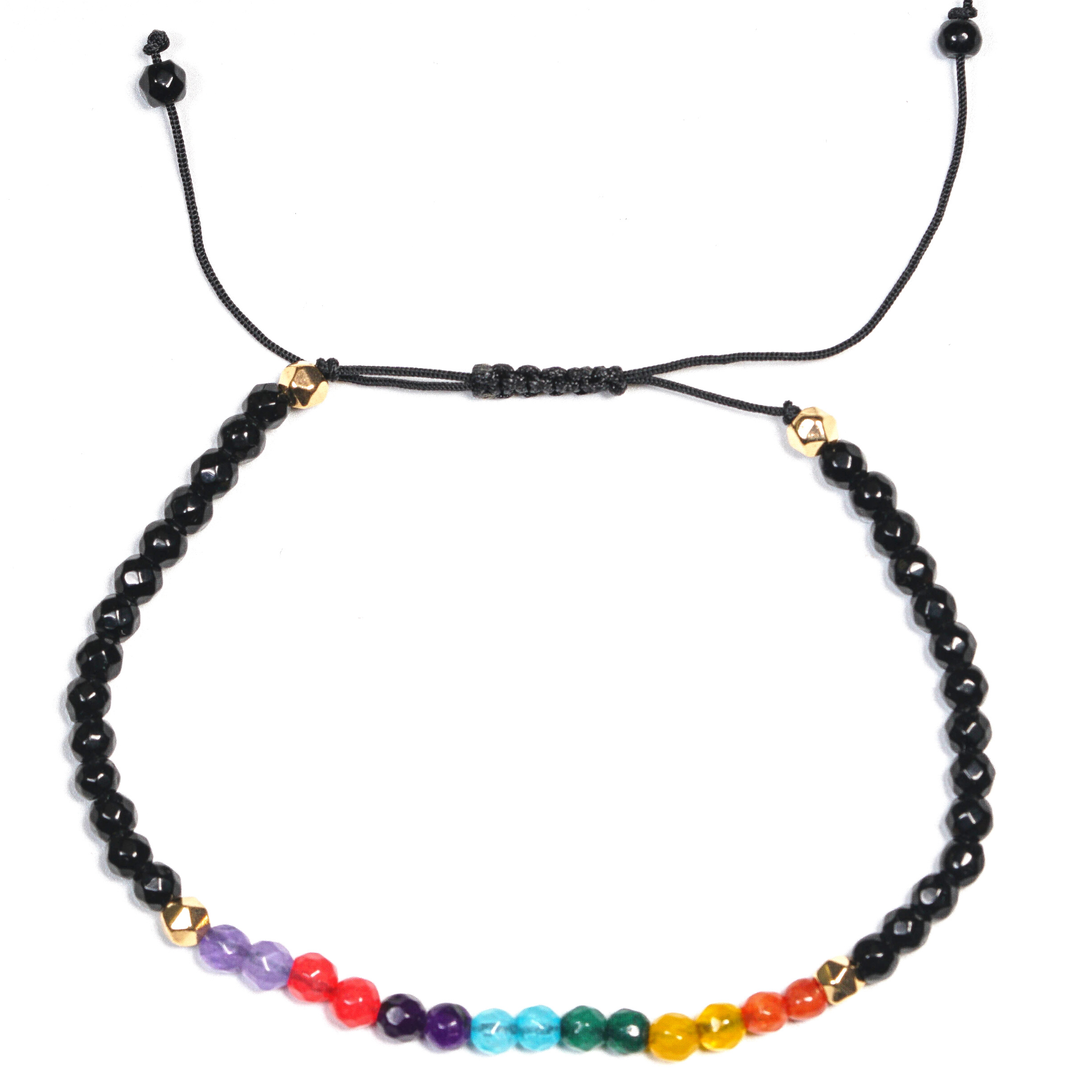
15% Off for your first Order
Additional text for subscribe form.

The Amethyst Gemstone: A Treasure of Nature with Deep Spiritual Roots
Introduction
Amethyst is a gemstone of striking beauty and deep symbolic meaning. With its distinctive purple color and rich history, it has captivated people for thousands of years. In this blog post, we take you on a journey through the world of amethyst - from its history and spiritual properties to its physical properties, uses and care.
History and origin
The name "amethyst" is derived from the Greek word "amethystos," which means "not drunk." The ancient Greeks believed that amethyst protected against drunkenness and often wore it as an amulet. Amethyst was also highly valued in other cultures: the Egyptians wore it as a protective stone, and in the Middle Ages it was a symbol of royal power and ecclesiastical dignity. Amethyst is found mainly in Brazil, Uruguay, Mexico, and Canada, with the most beautiful specimens often coming from Uruguay and Brazil.
Spiritual and Healing Properties
Amethyst is highly valued in spiritual practice and is known for its calming and protective properties. Often referred to as the "stone of spiritual purity," it is said to help clear the mind and increase intuition. Many believe that amethyst opens the third eye and crown chakra, which can lead to a deeper spiritual connection and a better understanding of one's self.
Amethyst is also said to have healing properties. It is said to relieve stress and anxiety, improve sleep and help with coping with grief. It is also often used as a supportive remedy for physical complaints such as headaches and migraines.
Physical properties
Amethyst belongs to the quartz family and owes its purple color to the presence of iron and other trace elements. The color range goes from delicate lilac to deep, rich purple. With a Mohs hardness of 7, it is relatively durable and well suited for jewelry making. Some amethysts can be turned into citrine by heating, which is another fascinating aspect of this stone.
use
Amethyst is extremely popular in jewelry making. It is used in a wide variety of jewelry pieces, including rings, pendants, earrings and bracelets. Its striking color makes it an eye-catcher and a sought-after stone for designers and jewelry lovers.
Amethyst also has a wide range of uses in spiritual practice. It is often used as a meditation aid to calm the mind and promote concentration. It is also often integrated into healing stone layouts or placed in a room as a protective stone to create a positive and harmonious atmosphere.
Care and cleaning
Careful care is important so that the amethyst retains its beauty and energy. The stone should be cleaned regularly under running, lukewarm water to remove negative energies. For energetic cleansing, the amethyst can be charged overnight in a bowl with hematite tumbled stones.
Since amethyst is sensitive to direct sunlight and can bleach, it should be protected from intense sun. Regular care ensures that the stone retains its radiant color and energetic properties.
Conclusion
Amethyst is a versatile gemstone that impresses with its impressive color, rich history and deep spiritual and healing properties. Whether as a piece of jewelry, meditation aid or decorative stone - amethyst enriches life in many ways. With the right care and cleaning, you can enjoy its positive energy and beauty for a long time. Let yourself be enchanted by the magic of amethyst and discover the deep connection that this remarkable stone has to offer.
Dummy Text
Dummy Text
Dummy Text
Dummy Text

€19,00

€29,00

€15,00

€29,00

€29,00

€39,00

€34,90

€39,00